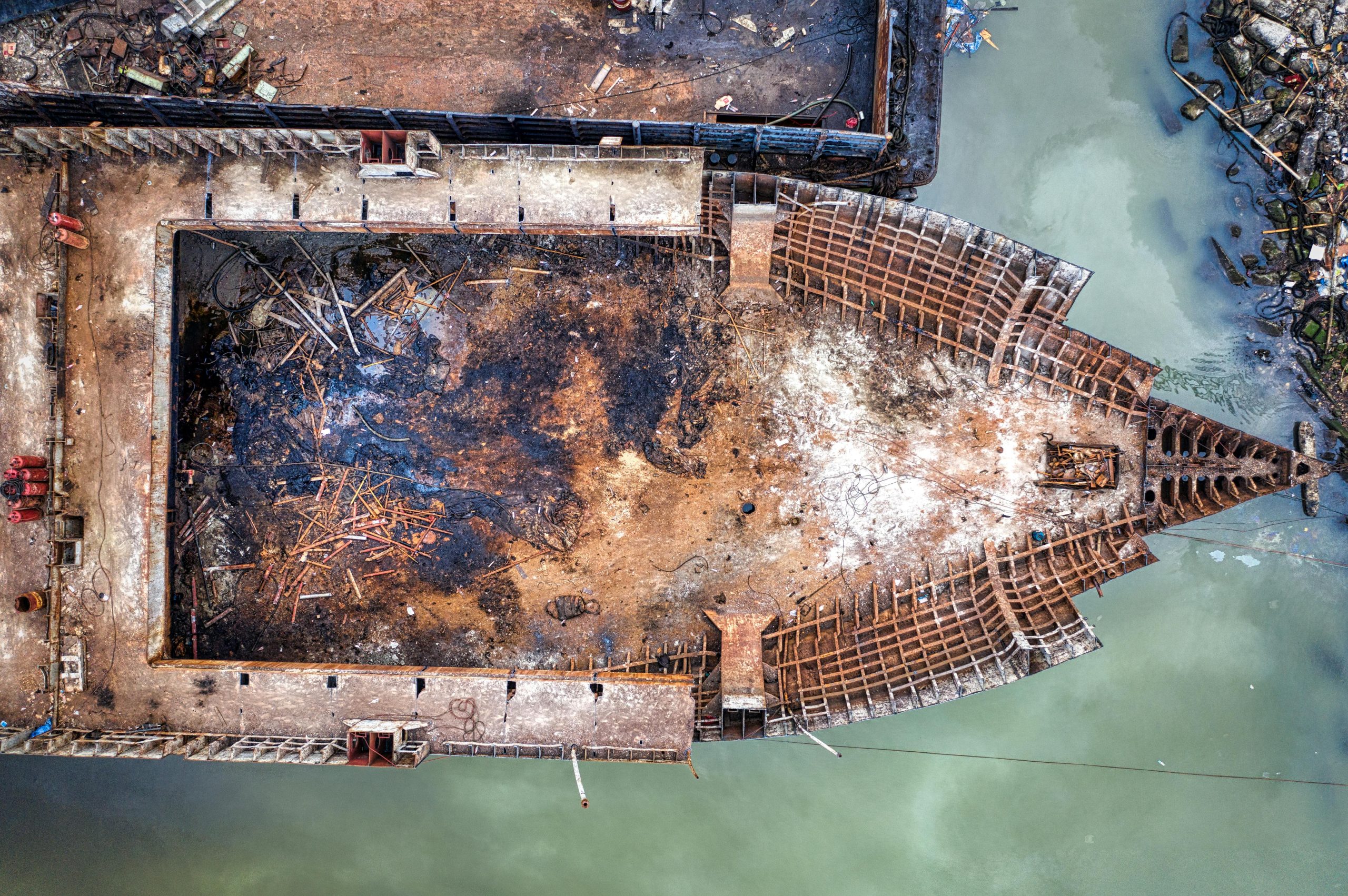Assessing Water Damage: Is My Surface Laptop Studio Salvageable?
Hello everyone,
I’m reaching out to get your insights on a concerning issue I’ve encountered with my Surface Laptop Studio after an unfortunate incident involving water exposure. While transporting it in my backpack, some water leaked onto the device. Upon discovering the mishap, I promptly dried the exterior and left the laptop powered off overnight to allow any moisture to evaporate.
The following morning, however, when I attempted to power it up, the device displayed the Windows logo briefly before shutting down again. Not wanting to risk further damage, I decided to investigate further. Upon opening the laptop, I found droplets of water on the motherboard and near the battery cable connection. I disconnected the battery for safety and inspected the components more closely.
The situation had me worried, especially since I was uncertain how wet it had become overnight. I noticed some corrosion on the motherboard in a specific area, and I took the initiative to clean it gently using a cotton swab and 91% isopropyl alcohol, which was the only cleaning agent I had on hand.
At this point, I’m uncertain about the extent of the damage or whether my laptop can be repaired. I would greatly appreciate any guidance or suggestions on potential next steps I could take to salvage my device. What are your thoughts on the chances of recovery or any methods I could use to improve the situation? Thank you for your help!
Share this content:




Hello,
Thank you for reaching out with your detailed account. Water damage, especially involving corrosion on the motherboard, can be challenging, but there are steps you can take to assess and potentially mitigate the damage.
Since you’ve already cleaned the affected area with isopropyl alcohol, that’s a good start. Ensure the laptop is completely dry before attempting to power it on again. You might consider using silica gel packets or a dedicated desiccant in a sealed container with the device for a few days to help absorb residual moisture.
In cases of corrosion visible on the motherboard, it’s possible that some components or traces have been compromised. For an accurate assessment, I recommend consulting with a professional repair technician who can inspect the motherboard thoroughly, potentially perform a repair or component replacement if feasible.
Additionally, keep an eye out for any further corrosion or damage over time, as moisture can sometimes cause delayed issues. If you’re comfortable with hardware troubleshooting, you can check for continuity on suspect traces or test specific components—but please exercise caution to avoid further damage.
Ultimately, the success of recovery depends on the extent of corrosion and water ingress. If the damage is extensive, replacing the motherboard might be necessary. However, with prompt and proper drying and professional assessment, there’s still hope for salvaging your device.
Stay safe, and best of luck with your repair!